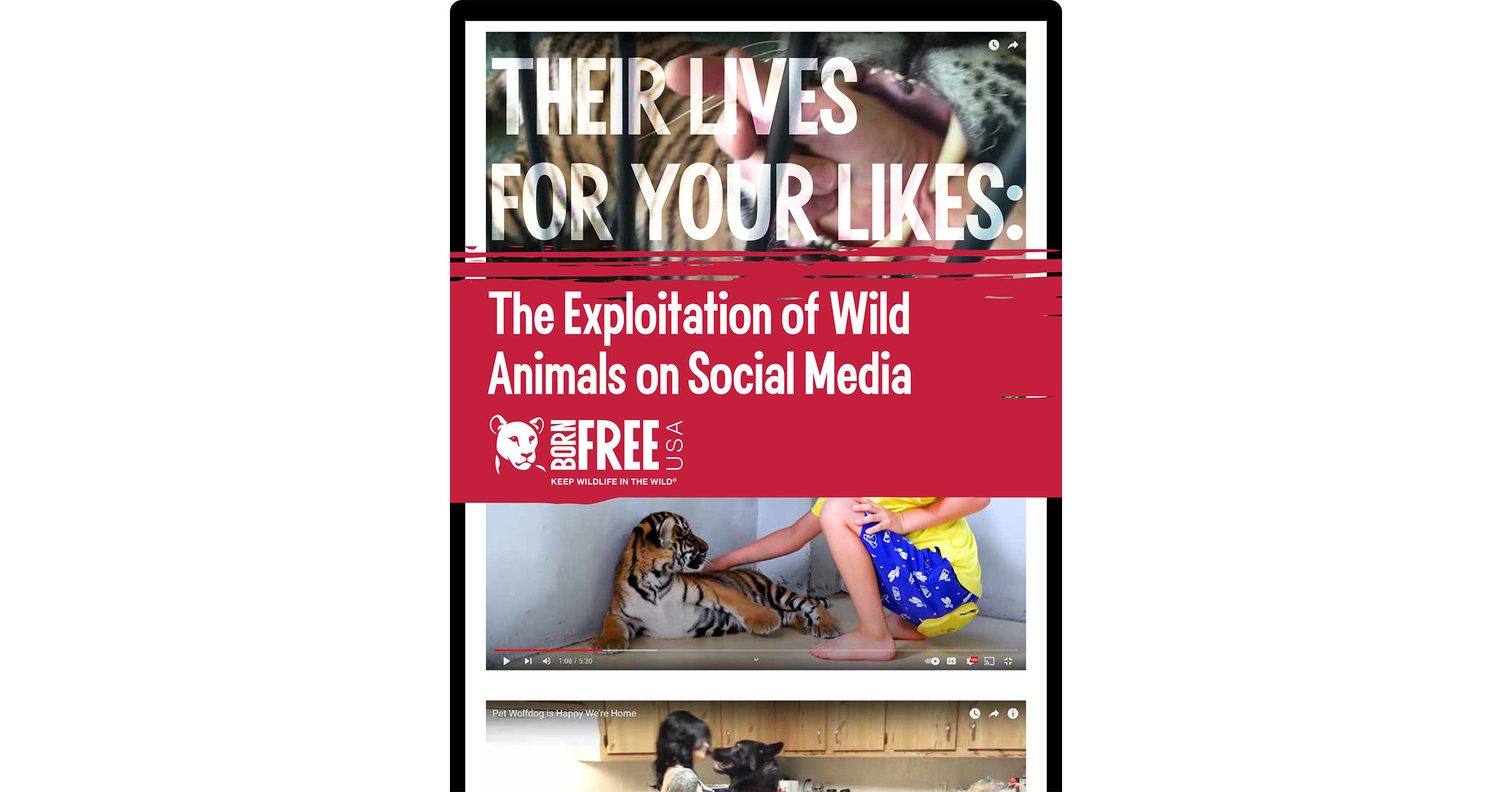In the vast digital landscape of social media, videos depicting animal cruelty often infiltrate our feeds, bombarding our senses with heart-wrenching imagery. This incessant flow of disturbing content can evoke feelings ranging from profound sorrow to helpless rage. In a world where the common thread is compassion, it can be bewildering to grapple with content that starkly contrasts this ethos. While it is vital to acknowledge the realities of animal cruelty, there are steps individuals can take to diminish their exposure to these distressing visuals on platforms like Facebook and other social media sites.
To effectively navigate this treacherous terrain of online content, one must first understand the mechanisms that bring such videos to the forefront. Algorithms, designed to enhance user engagement, often prioritize content that generates a strong emotional response. Thus, the more viewers engage with videos—whether through shares, reactions, or comments—the more these posts are disseminated across networks. This phenomenon is not merely a digital triviality; it is a nuanced algorithmic dance that inadvertently perpetuates the visibility of cruelty-centered media. Therefore, curbing exposure begins with an awareness of personal digital habits.
Consider the actions that precede the appearance of these painful videos. It begins innocently enough: a casual scroll through the news feed, amidst benign images of friends, family, and the occasional cat meme. However, one must recognize that every click, every like, influences the content curated for individual feeds. Assiduously minimizing engagement with distressing material is paramount. When encountering a video depicting animal cruelty, resist the visceral compulsion to react. Instead, swiftly scroll past or, ideally, unfollow the account disseminating such content. This simple act acts as a digital barrier, hindering similar posts from infiltrating your feed in the future.
Moreover, social media platforms like Facebook offer tools designed to refine user experience which serve as a bulwark against unwanted content. The “unfollow” option provides a strategic retreat from specific accounts while still remaining friends with the individuals behind them—effectively preserving social connections without the emotional toll. In addition, utilizing the “hide” feature on posts you find disturbing can alter your algorithmic recommendations over time. By employing these tools, users can begin to sculpt their online landscapes more congenially.
In conjunction with individual actions, fostering a proactive digital consciousness within one’s social circle can amplify this effort. It is imperative to engage in meaningful dialogues with friends and family about the emotional ramifications of sharing animal cruelty content. By enlightening others about the dangers of perpetuating such images, you can cultivate a more compassionate digital community. This communal awareness serves to reinforce the collective responsibility we hold in maintaining a safe and nourishing online environment, ultimately reducing the circulation of distressing material.
Investigating your news feed isn’t merely about avoidance; it’s also about ethical consumption. Seek out pages and profiles that promote animal welfare and share uplifting stories about rescue and rehabilitation. The digital world is not solely a repository of the grotesque. It can be a sanctuary filled with hopeful narratives that celebrate our bond with animals. By following organizations dedicated to eradicating cruelty, users can fill their feeds with positivity, enabling an environment that fosters compassion rather than despair.
Furthermore, enriching one’s digital experience with constructive content paves the way for advocacy. Educational materials, documentaries, and content centered around changing legislation for animal rights can transform the sobering realities of cruelty into action-oriented endeavors. By engaging with this type of content, users cultivate awareness while creating strategies for combatting cruelty in substantive ways. Seal yourself within a circle of information that encourages hope, resilience, and action—seriously detracting from the grim shadows that accompany animal cruelty displays.
As life unfolds both online and offline, it is also vital to strike a balance between awareness and emotional well-being. The inundation of cruel imagery can desensitize individuals or, conversely, numb them into inaction. Developing a personal strategy involves recognizing when to step away from social media altogether. In a culture that often glorifies constant connectivity, taking a hiatus or even a brief respite can replenish emotional reserves. During these breaks, consider engaging in community activism, volunteering at animal shelters, or exploring literature that unfurls the nuances of animal protection advocacy.
Concurrently, practicing mindfulness can fortify one’s emotional state. Techniques such as meditation and journaling provide constructive outlets for processing feelings aroused by exposure to distressing content. A practice rooted in awareness can help individuals navigate the duality of compassion and self-preservation, ultimately allowing for a more balanced emotional response toward animal issues.
In conclusion, while the specter of animal cruelty lurks omnipresent on social media, individuals can arm themselves with strategies to mitigate its impact. By implementing conscious engagement practices, cultivating a nurturing social media environment, and fostering advocacy, it is possible to safeguard one’s digital space without sacrificing compassion. The journey toward a more humane world must begin at the individual level—one digital choice at a time. Through these mindful actions, each person can contribute to a collective tapestry that celebrates the sanctity of life rather than bear witness to its tragedies.








